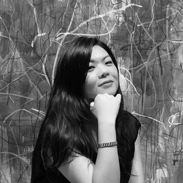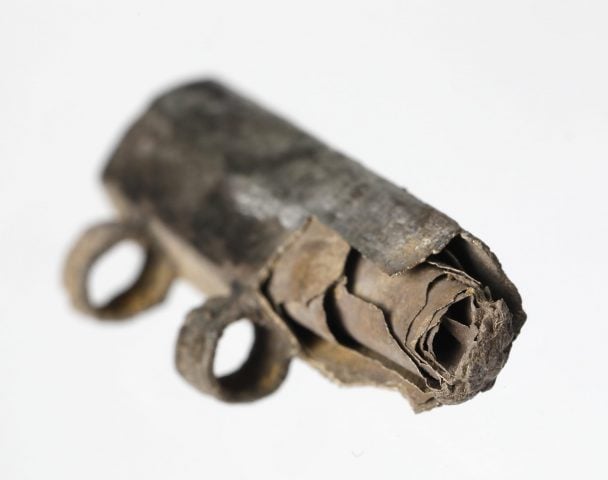What I Buy and Why
How Collectors Kurt Gitter and Alice Yelen Gitter Embrace Both Eastern and Western Art Traditions
The New Orleans-based collectors specialize in both Japanese and American self-taught art.
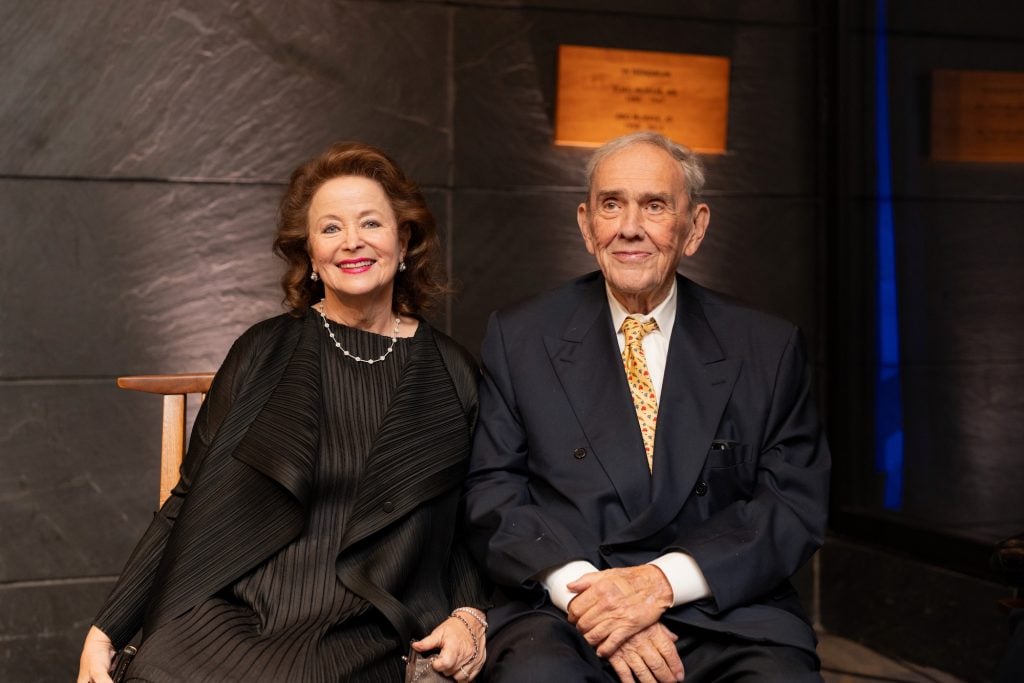
Right now at the Japan Society Gallery in New York, a rare exhibition is on view dedicated to Zen paintings from the collection of esteemed collectors Kurt Gitter and Alice Yelen Gitter. Titled “None Whatsoever,” the show features some 50 ink paintings and calligraphies spanning over four centuries, tracing the footsteps of these culturally important works by the self-taught Zen Buddhist master Hakuin Ekaku (1685-1768), his predecessors, and disciples, that have made a lasting mark on Zen Buddhism.
These playful, yet simple monochromatic Zen paintings, also known as Zenga, hail from the New Orleans-based couple’s extensive trove of artworks. Kurt Gitter, who has recently retired from his career as a retinal surgeon, is a long-time collector of Japanese art and American self-taught art. His wife Alice Yelen Gitter is the senior curator of collections research emerita at the New Orleans Museum of Art, where she played an instrumental role in building the institution’s educational and artistic programs for 35 years.
Together, the couple have amassed a priceless array of art, and they support education and scholarship in these fields through the Gitter-Yelen Foundation and Art Study Center. They have donated more than 400 Japanese art objects to institutions around the world, and their collections have been widely exhibited.
Here, they share their art collecting journey, how they display their collection, and explain why the western way of seeing does not necessarily apply to eastern aesthetics.
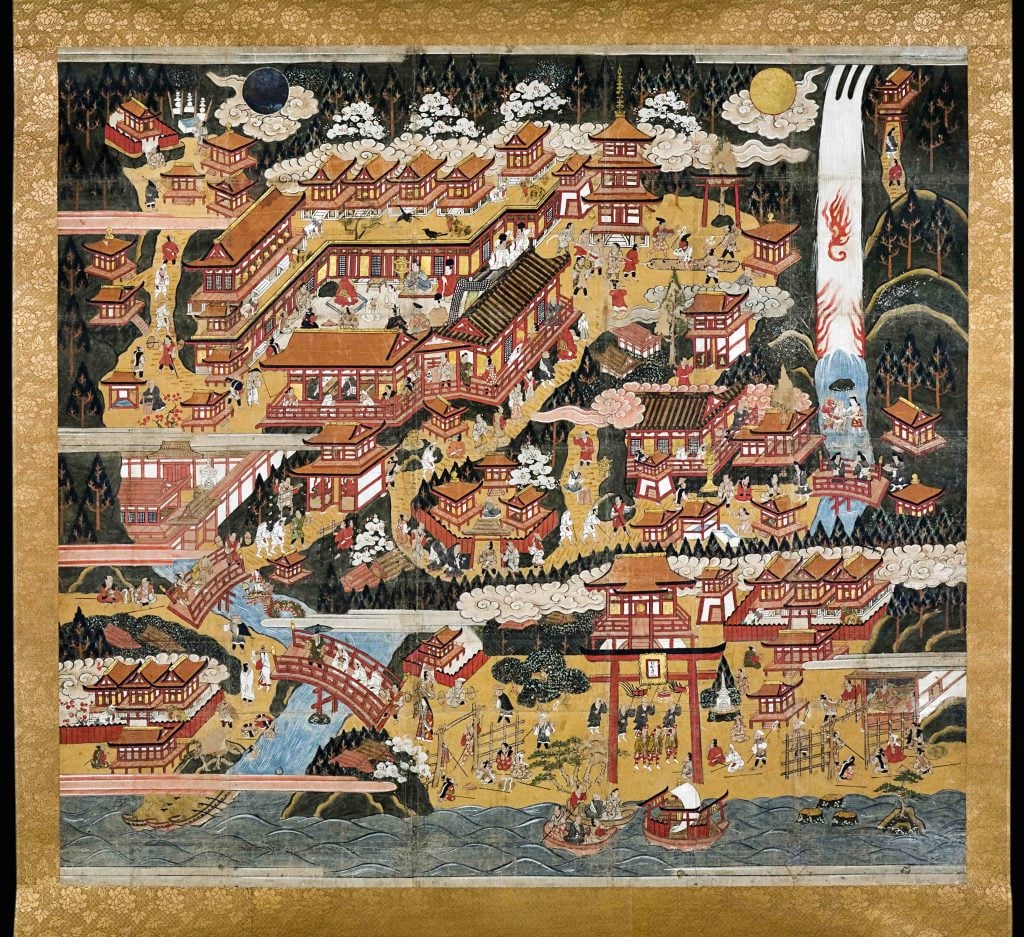
Nachi Shrine Mandala, (late 16th-early 17th century) hanging scroll, ink and color on paper, Gitter-Yelen Collection.
What was your first purchase?
Kurt: As a premed college student, I had taken many art history courses, and routinely visited museums and galleries during an internship in New York. In 1956, I met Philip Pearlstein, then a young American realist painter, who introduced me to many other artists such as Franz Kline and Robert Motherwell. We often visited the Cedar Bar in Greenwich Village, where I met emerging artists who would form the historical foundation of Abstract Expressionism. This exposure awakened my instinct for collecting and conditioned the appeal of Zenga, or Japanese Zen painting, for me, which shares some of the same gestural power.
In 1963, I was drafted as a flight surgeon in the U.S. Air Force following the completion of my medical internship in New York. Although I was interested in contemporary American art, I was unfamiliar with Japanese art. I visited various ceramics stores, which were abundant where I was stationed in Fukuoka, and this sparked an enduring passion for Japanese art. Among the first things I purchased in Japan was a Haniwa figure, a terracotta clay funerary object buried with the dead during the Kofun period, that remains in our collection to this day.
Kurt and Alice: We also have a major contemporary self-taught American art collection, which we have pursued together for the past 36 years, beginning with the purchase of many paintings by New Orleans artist Sister Gertrude Morgan, an evangelist who followed her calling by the Lord to use her paintings to preach to her congregation in. Subsequently, Alice organized the groundbreaking exhibition in 1993 entitled “Passionate Visions of the American South” and wrote the accompanying catalog that had a significant impact on the field before this work was recognized by the mainstream art world. “Passionate Visions” borrowed works from 110 collections from 23 states and generated enormous interest. Today self-taught American art is highly sought simply as contemporary art.
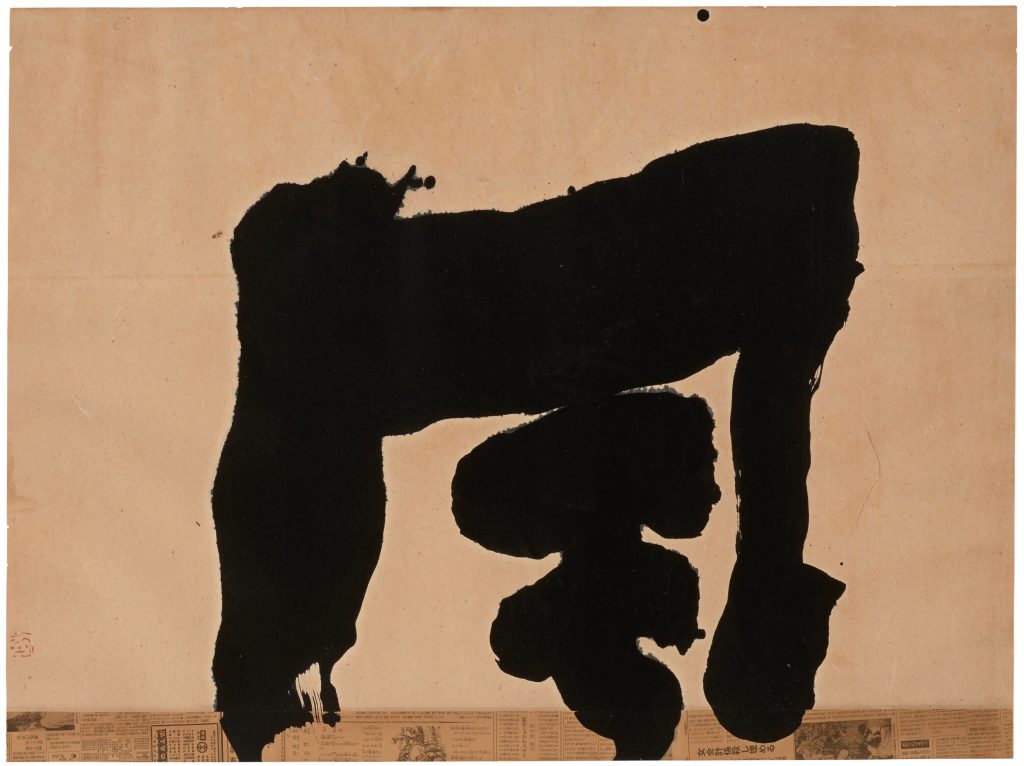
Inoue Yuichi (1916-1985), Kaze (A Wind), frozen ink and pasted newspaper on paper, Gitter-Yelen Collection, 2024.2.
What was your most recent purchase?
Kurt and Alice: We purchased a Yuichi Inoue painting last week at Christie’s and a large ceramic by Fukami Sueharu at Christie’s in September 2023. We have known the work of both artists for years. More modern and contemporary work, particularly ceramics, have become available over the past 15 years while older Edo-period Japanese paintings—which make up the bulk of our collection—are becoming scarcer.
Tell us about a favorite work in your collection.
Kurt: Hakuin Ekaku’s (1685-1768) Two Blind Men Crossing a Log Bridge, which I acquired in 1975, represents to me the trials and tribulations that all human beings encounter as they go through life. This work, which is considered one of the most important extant works by Hakuin, is on view right now in Japan Society’s exhibition in New York, “None Whatsoever,” featuring Zen paintings from our collection. On another level, as an eye surgeon, I have a particular sensitivity to the challenges of those without the gift of sight.
Which works or artists are you hoping to add to your collection this year?
Kurt and Alice: We are thinking more about what we are going to give away than what we are going to add. To date, we have gifted more than 500 objects to various museums, and we hope to continue this effort. Among those institutions are the New Orleans Museum of Art, the Princeton University Art Museum, The Metropolitan Museum of Art, the Smithsonian National Museum of Asian Art, the Philadelphia Museum of Art, and the Museum of Fine Arts, Houston.
Throughout our decades of collecting, we have made our works available for scholarly study and loaned them to museum exhibitions in the U.S. and internationally, including several celebrated exhibitions in Japan, Australia, and Israel, just as they are today in the Japan Society exhibition.
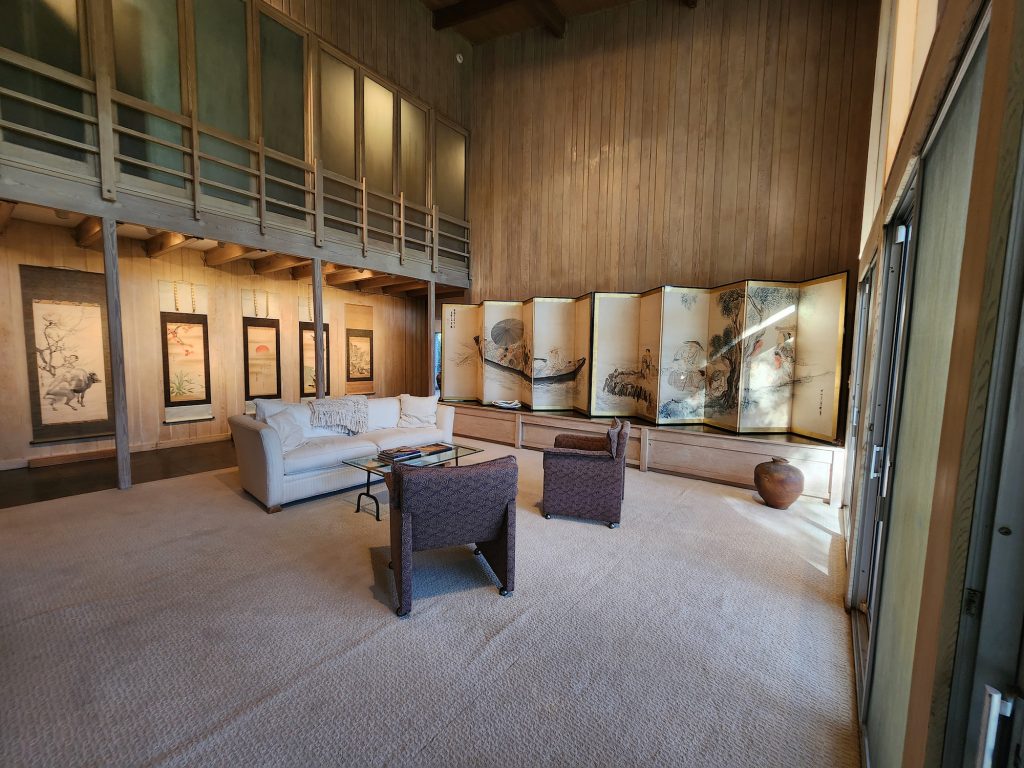
A view of the Gitter-Yelen Study Center, New Orleans. Courtesy of the collectors.
What is the most valuable work of art that you own?
Kurt and Alice: There are values then there are values. There are many objects of great value in our collection, some of which have increased significantly over the period of 50-plus years of collecting. The works are mostly valuable to us for the joy and learning they have brought to us throughout our lives.
Where do you buy art most frequently?
Kurt and Alice: Most frequently we buy work in Japan from reputable dealers with whom we have built personal long-term relationships and friendships over the last 50-plus years. Many of these dealers are now gone as well as are some of the great scholars whose friendships we valued over these many decades.
In the last 20 years we have bought increasingly more ceramics in both Japan and in New York. In Japan we have frequently visited many of our favorite artists including Kakurezaki Ryuichi, Ogawa Machiko, Tsujimura Shiro, Fukami Sueharu, Ken Mihara, and Akiyama Yo. In New York, we have purchased many fine objects from Joan Mirviss (Joan B Mirviss LTD), Beatrice Chang (Dai Ichi Arts, LTD), and Shoko Aono (Ippodo Gallery).
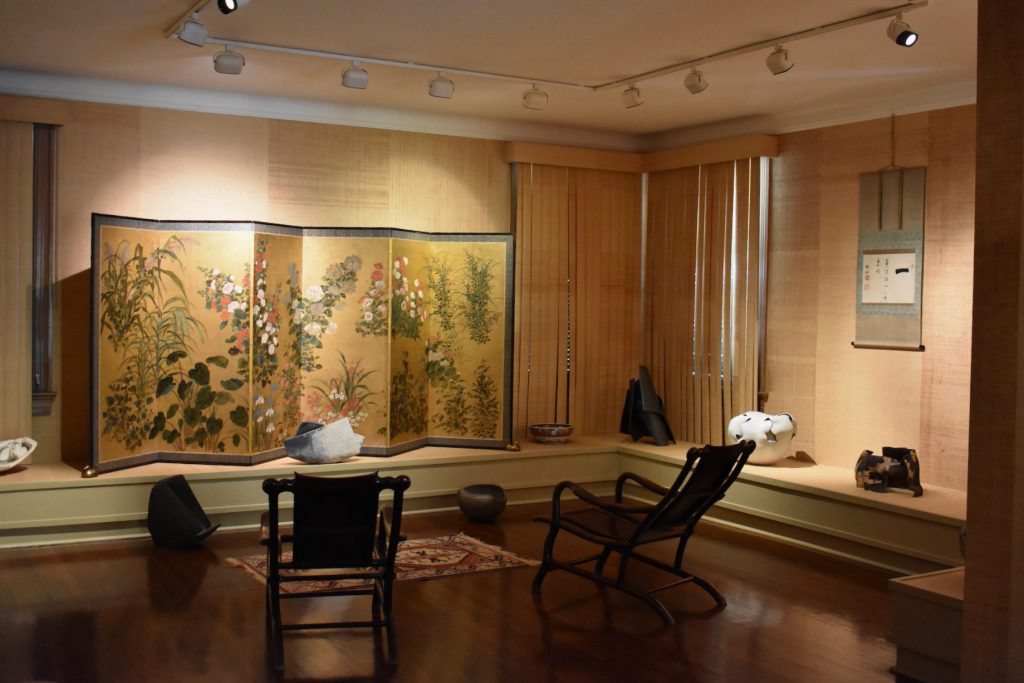
An elegant viewing room of Kurt Gitter and Alice Yelen Gitter’s home in New Orleans. Courtesy of the collectors.
Is there a work you regret purchasing?
Kurt: Over the course of years, as my “eye” improved, there were instances in which the attribution of objects seemed possibly questionable. In those cases, we tried to return those objects to dealers from whom we purchased them in exchange for credit rather than putting a work on the market we did not think was “right.”
What work do you have hanging above your sofa?
Alice: This question is based on the assumption of how large western art canvases are usually placed horizontally in fairly permanent positions. Our furniture is placed away from walls for optimal viewing of the often vertical Japanese scrolls on paper or silk, which are both flexible and changed several times a year to protect them from extensive light exposure.
Kurt: We change the paintings and display different objects often so varying works and juxtapositions are always on display. Sometimes my wife and I chose, sometimes our collection manager, Maude Cusimano, helps to make choices. We enjoy seeing diverse imagery in new installations.
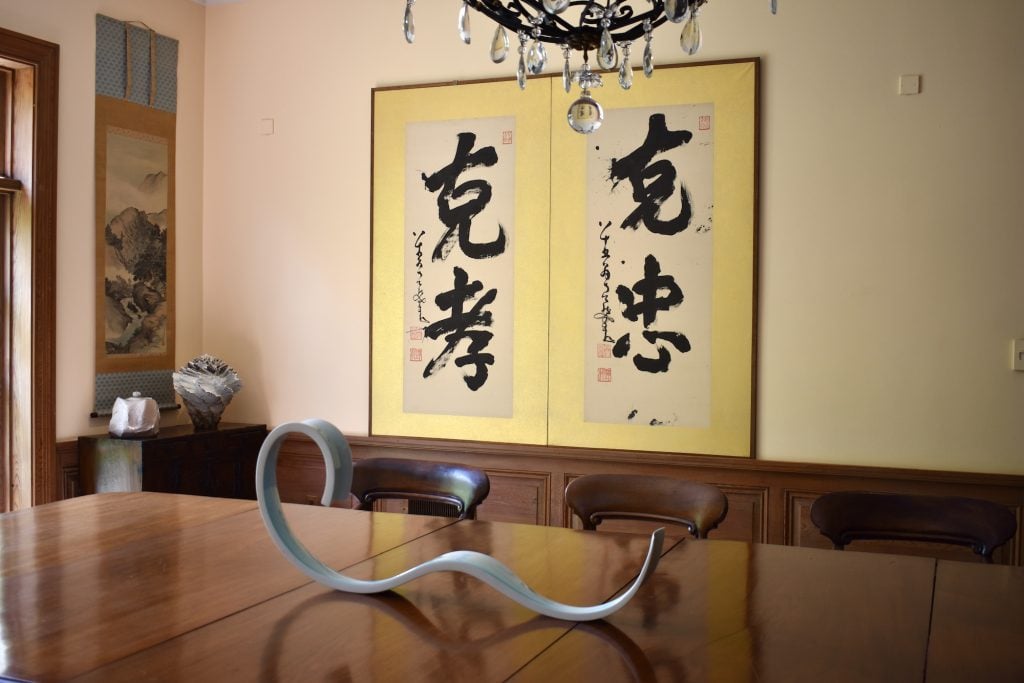
A view of Kurt Gitter and Alice Yelen Gitter’s home in New Orleans. Courtesy of the collectors.
What work do you wish you had bought when you had the chance?
Kurt: How about the opportunity to buy anything I wanted at Jasper Johns’s first show which I attended in 1958? As a young man, I didn’t have the money, so how could I be sorry? Today some of these might be worth $10 million.
Later on, there were objects that I saw on occasion that I did not acquire even though I admired them. They sometimes reappeared 10 years later in the same or a new dealer’s hands, usually for a significantly large increase in money. If I liked it, then on a second go round, I would buy it.
If you could steal one work of art without getting caught, what would it be?
Kurt: I wouldn’t steal anything. If I had had the funds to acquire some of the early modern American works that were exceedingly cheap at the time that I viewed in the 1950s and 60s, I would have done so. At that time, neither I nor many of the young emerging Abstract Expressionists had any money.

